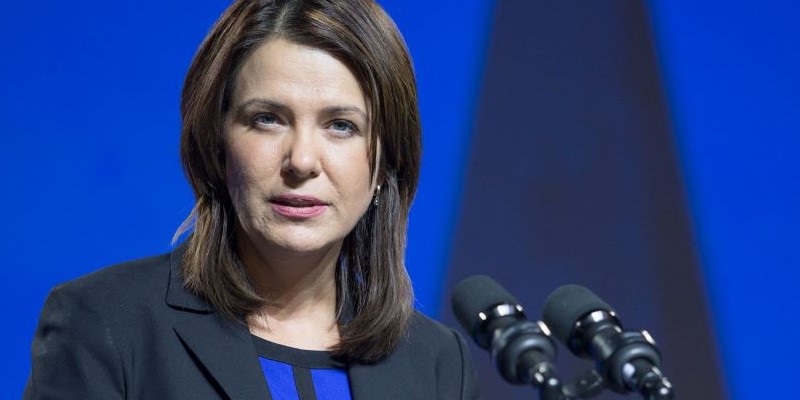Alberta government has generational opportunity with upcoming budget—just don’t spend it away

As the Smith government prepares to table its first budget, it faces a fundamental choice. Due largely to a record high windfall in resource revenue, Alberta will run a projected $12.3 billion budget surplus this fiscal year, with additional surpluses expected over the next two years. But Alberta history is quite clear. If the government spends these surpluses, it will only lead the province back into deficits when resource revenues inevitably decline, which sets the province up for hard times down the road. Instead of wasting this extraordinary opportunity, the government should avoid spending these temporary revenues and instead use the surpluses to improve Alberta’s finances and economy for the long-term.
A new essay series published by the Fraser Institute outlines three policy options for Alberta’s surpluses. Each option avoids spending increases while establishing a path for Alberta’s improved long-term prosperity.
Firstly, according to University of Calgary economist Trevor Tombe, the government should consider using the surpluses to eliminate the province’s debt because government borrowing rates are expected to exceed the return on investment. In other words, it will be more economical to pay off debt than to invest in funds such as the Alberta Heritage Savings Fund. If the government holds growth in program spending to the current plan—then to inflation and population growth thereafter—Alberta could eliminate its debt by 2030. And eliminating provincial debt within a decade could save nearly $20 billion in cumulative interest costs by 2030—costs that Albertans are ultimately responsible for paying.
Alternatively, Fraser Institute economists Tegan Hill and Joel Emes argue that the province should use the surpluses to re-establish the rainy-day account based on the previous Alberta Sustainability Fund (ASF). Such an account would help the government avoid deficits when commodity prices and resource revenues fall in the future. The first step is to determine a “stable” amount of resource revenue to include in the budget annually, thus limiting the amount of money available for spending. Any resource revenue above the stable amount is automatically saved in the ASF to be withdrawn in the future to cover any shortfalls when resource revenue falls below the stable amount. It’s a timeless concept—save during good times. In this way, the ASF would help the government avoid future deficits and prevent another substantial run-up in provincial debt. And when the ASF is fully funded, the government should reserve all additional surplus funds for the Heritage Fund, to again help prevent short-sighted spending increases.
Finally, Jack Mintz, professor emeritus at both the University of Calgary and University of Toronto, suggests Alberta use the surpluses to improve tax competitiveness and stimulate economic growth. Specifically, according to Mintz, the government should consider reducing and simplifying personal income taxes by returning to a single-rate tax of 8 per cent (which is inline with the province’s business income taxes). This will help attract high-skilled workers, entrepreneurs and businessowners while generally encouraging more work, savings and risk-taking.
In its upcoming budget, if the provincial government uses the current windfall to eliminate Alberta’s debt, reintroduce a rainy-day account or improve Alberta’s tax competitiveness, it would avoid the familiar pattern—increasing government spending, setting the province up for yet another boom-bust cycle—which has occurred repeatedly in the past. By rejecting the temptation to increase spending and instead pursuing any of these three reforms, the government will help build a solid fiscal foundation for Albertans today and in the future.
Author:
Subscribe to the Fraser Institute
Get the latest news from the Fraser Institute on the latest research studies, news and events.

